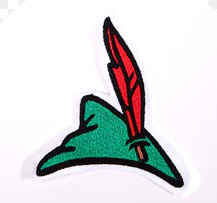suggestions for techniques, presenting images with magnification
I have a hand coded site (elfintechnologies.com), and I’m learning about responsive design. I’m OK with putting images on a page and using various scaling techniques so my pages look “reasonable” on mobile or desktop browsers, or on different size windows. But I’m a little in a quandary about some of the more detailed technical paqes I have planned. There will be cases where I need to mix text and graphics, but would like the visitor to be able to look close-up and pan around to see detail, as you’d often see on e-bay sales. Perhaps even print easily if its something like a diagram. So the first question is for a recommended script for doing this. I’m pretty sure it can be done with all CSS these days, but of course I want visitors with less then very latest browsers to still be able to see. Or at least fall back to a full screen shot in a separate window if that’s all it can do. I’m aware, of course, that I should prepare at least two images, a smaller one for the text of the articles and a larger size for the closeup. But I wouldn’t mind seeing some working methods for putting it together, instead of totally starting from scratch.
The more confusing question though is what should I should do in the small mobil case! Its a good question because I seldom see anyone do something reasonable for a phone browser. I can kind of understand that maybe its just not practical, but it would be nice for a visitor with a phone to at least be able to tap an image to see it full screen, and tap again to restore.
The pages I’m planning are going to be for detailed technical specs, so its tempting to just advise phone size visitors to come back later with a full size screen if they wan’t to see the images in greater detail. But maybe there are inexpensive packages or free scripts for doing this kind of thing, with reasonable compromises for phone size screens?
Sometimes the hardest things is deciding what makes sense, before you start trying to code a solution. 😉
